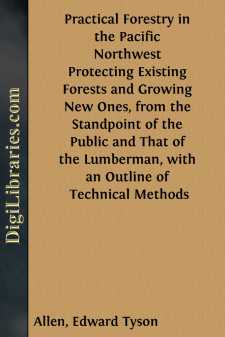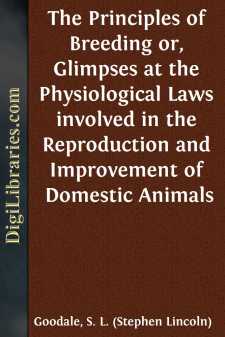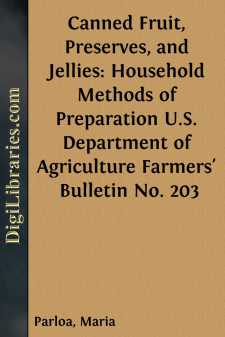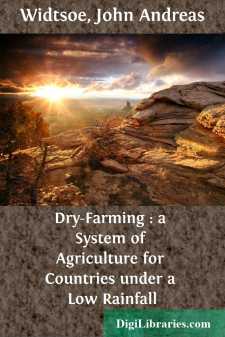Categories
- Antiques & Collectibles 13
- Architecture 36
- Art 48
- Bibles 22
- Biography & Autobiography 813
- Body, Mind & Spirit 142
- Business & Economics 28
- Children's Books 17
- Children's Fiction 14
- Computers 4
- Cooking 94
- Crafts & Hobbies 4
- Drama 346
- Education 46
- Family & Relationships 57
- Fiction 11829
- Games 19
- Gardening 17
- Health & Fitness 34
- History 1377
- House & Home 1
- Humor 147
- Juvenile Fiction 1873
- Juvenile Nonfiction 202
- Language Arts & Disciplines 88
- Law 16
- Literary Collections 686
- Literary Criticism 179
- Mathematics 13
- Medical 41
- Music 40
- Nature 179
- Non-Classifiable 1768
- Performing Arts 7
- Periodicals 1453
- Philosophy 64
- Photography 2
- Poetry 896
- Political Science 203
- Psychology 42
- Reference 154
- Religion 513
- Science 126
- Self-Help 84
- Social Science 81
- Sports & Recreation 34
- Study Aids 3
- Technology & Engineering 59
- Transportation 23
- Travel 463
- True Crime 29
Practical Forestry in the Pacific Northwest Protecting Existing Forests and Growing New Ones, from the Standpoint of the Public and That of the Lumberman, with an Outline of Technical Methods
Categories:
Description:
Excerpt
INTRODUCTION
WHERE WE STAND TODAY
WHAT WE HAVE
The five states of Montana, Idaho, Washington, Oregon and California contain half the merchantable timber in the United States today—a fact of startling economic significance. It means first of all that here is an existing resource of incalculable local and national value. It means also that here lies the most promising field of production for all time. The wonderful density and extent of our Western forests are not accidental, but result because climatic and other conditions are the most favorable in the world for forest growth. In just the degree that they excel forests elsewhere is it easier to make them continue to do so.
WHAT WE ARE DOING WITH IT
On the other hand, forest fires in Montana, Idaho, Washington, Oregon and California destroy annually, on an average, timber which if used instead of destroyed would bring forty million dollars to their inhabitants, Idleness of burned and cut-over land represents a direct loss almost as great.
These are actual money losses to the community. So is the failure of revenue through the destruction of a tax resource. Equally important, and hardly less direct, is the injury to agricultural and industrial productiveness which depends upon a sustained supply of wood and water.
DOES IT PAY?
Practically all this loss is unnecessary. Other countries have stopped the forest fire evil. Other countries have found a way to make forest land continue to grow forest. Consequently we can. It is clearly only a question of whether it is worth while. Let us consider this question, not only in its relation to posterity or to the lumberman, but from the standpoint of the average citizen of the West today.
FORESTRY AND THE PUBLIC
TIMBER MEANS PAY CHECKS
Forest wealth is community wealth. The public's interest in it is affected very little by the passage of timber lands into private ownership, for all the owner can get out of them is the stumpage value. The people get everything else. Our forests earn nothing except by being cut and shipped to the markets of the world. Of the price received for them usually much less than a fifth is received by the owner. Nearly all goes to pay for labor and supplies here at home.
Even now, when the western lumber industry is insignificant compared to what it will be soon, it brings over $125,000,000 a year into these five states. This immense revenue flows through every artery of labor, commerce and agriculture; in the open farming countries as well as in the timbered districts. It is shared alike by laborer, farmer, merchant, artisan and professional man. It is their greatest source of income, for lumber is the chief product which, being sold elsewhere, actually brings in outside money.
That it is essential to the prosperity of every citizen to have this contribution to his livelihood continue requires no argument. From the manufacturing point of view alone, our forest resources are as important to everyone of us as to the lumberman, and in many ways more so, for if they are exhausted he can move or change his business; while the dependent industries cannot....







